Season 3 Episode 8 Transcript Today's is special Meet Your Herbs episode, when I introduce you to another of my favorite plant friends. Since this season's theme is Get Moving, this is an herb that will help you repair your injured bits if you've gotten moving a bit too much. She's blowsy, spiny, voluptuous, a bit of a misunderstood outcast. Meet controversial Comfrey- poor thing, it's not her fault. If you want to really understand the background of the Comfrey controversy and what pyrolizzidine alkaloids are, the Borage (and Comfrey) episode of Natasha’s Richardson’s archived podcast Listen is *fantastic*. I will link the episode in this show’s transcript. If you want to really understand Comfrey, grow some! She grows just the way you want your tissues that it heals so well to be- strong, vibrant, protective, and beautifully healthy. Comfrey leaves get HUGE and are prickly almost like a velcro, and Comfrey people are in an acute state that need some knitting back together. It's not a long term tonic plant, but rather it's like that gruff grandparent who is always there for you but really likes to be left alone the rest of the time. Comfrey’s strength lies in putting your cells back together, and in doing so it stimulates cell replication. So when it comes to wounds this can actually be a problem, because Comfrey can get a wound to heal so quickly that it traps debris and dirt inside, that can cause an infection. So you need to be a little careful when you’re working with comfrey and not just slap it on right away. You really need to make sure that any kind of open skin wound is clean. But any kind of injury, any kind of damage, can be helped with Comfrey. It’s not just necessarily something that will then become a scab. So- broken bones, strains and sprains, bruises, all kinds of injuries and damage can really be helped with Comfrey. It’s typically used topically, but if you listen to the Comfrey and Borage episode that Natasha Richardson put out with Marcos Patchett, you’ll definitely understand why that’s not always been the case and why it might not need to be the case. Comfrey is one of the few plants where harvesting the roots isn't really a worry, since it grows so prolifically. You can also use the roots and the leaves similarly, most often infused in oils, but tinctures and even whole plant and fresh plant poultices work really well too. So try it and experience the difference in strength and energy of the different plant parts. Make a connection with your plants, learn how they work with you, instead of expecting them to be for your issues. This season of Holistic Lifestyling is all about getting moving, and Comfrey is one of those friends always waiting to patch you up so you can keep going. Did you rub your skin off a toe in a damp shoe? Scratch yourself picking berries in the park? Did you reduce a mosquito bite to a scab? Fell out of the canoe and strain a rib? The list goes on and on, and Comfrey is waiting to be asked for help. Listen Here
0 Comments
Season 3 Episode 4 Transcript Today's episode is a special one. This is a Meet Your Herbs episode, because I'd like to introduce you to one of my favorite friends, Solomon Seal. Here's the thing: If hydration is life, damage causes dryness. Stuck, constricted, restricted, uncomfortable, lingering dryness can make joints crack repeatedly, restrict our physical and emotional resilience and recovery, reduce circulation and healing and impinge on our ability to shift between movements, and from stillness to movement. Stuck, constricted, restricted, uncomfortable, lingering dryness can make joints crack repeatedly, restrict our physical and emotional resilience and recovery, reduce circulation and healing, and impinge on our ability to shift between movements and from stillness to movement. Solomon's Seal root slowly, gently, gets down into the stuck dryness and goes to work. It nourishes, builds, strengthens, heals, all without any kind of fireworks. There's an idea that to be good for us, it has to be big/fast/hard/intense/complicated. But it's amazing how often being passive is the most healing thing. Solomon’s Seal passively, doggedly brings fluidity back to your All of You. It turns out that a slow-growing, shade-and-water-loving plant is the perfect plant medicine for slow-healing, often-forgotten-about Connective Tissue- the ligaments, tendons, fascia, cartilage, and other hold-it-together bits in your body that never quite get fixed. Connective tissue also creates the transitions between all your structures. Muscles become tendons that merge into bones, and there aren't clear distinctions between them. Think of Solomon's Seal people as stuck, dry, worn, and propelling themselves forward anyway. That old injury?? It's fine! I don't even notice it!!🤪 they cry, hobbling towards the next To-Do self-distraction. Connective tissue is already slow to heal, so it's easy to dismiss and accept a more limited "normal" once the pain is gone, or adequately ignored. It's hard to transition out of emotional stuckness too, especially when the world changes regardless of your preferences: People that think they don't want to give up on the day and go to bed yet. Or , say, the kids are moving out? Or there’s new, unwelcome responsibilities at work. How well do you deal? Maybe you'd benefit from Solomon's Seal too. I talked a bit a bout SS in the second season of this Holistic Lifestyling podcast, in episode seven, about herbs that help TMJ, tongue tie, and headaches. The specifics of how I work with Solomon’s Seal are something I share in my new membership- check out Become a Patron at my website paulasherbals.com  So you’ve got pain, and you want to try “natural” stuff instead of a pill. Let’s talk about this! I’m your friendly online herbalist, here to share my perspective- and that’s the first important part. Both plants and people are complicated, so the sooner you shift from the idea that you can “use” plants to the idea that you “work with” them, the easier this will go for everyone. The idea that we can "use" herbal medicine in place of OTC (over the counter) stuff isn't exactly a mistake people make, though. We've gotten the expectation of "use" in an exploitative sense ingrained in our culture from generations of being told that someone or something else will fix it for us. Please don't get me wrong- there are definitely times when someone or something else can and should! I was an EMT and believe me, I don't dismiss Western medicine out of hand. What I do believe is that there's still lots and lots of health and healing that we as individuals simply ARE in charge of, and responsible for. This is a radical idea if you think it through, because most of the messaging we get is that we're absolutely not, and it's why I say it's not a "mistake" to think it. It's a challenge to shift your thinking, especially when you can't quite see the whole new picture simply because of its newness. So I'm asking you to practice this tiny step, and see where it leads you. When you start considering an herbal remedy, actively substitute "work with" every time your brain automatically says "use". That's all! Now, on to the main event- pain and herbs.  When you take an OTC pain reliever, it does its thing by (this is the EZ Bake oven simplified version!) binding to pain receptors and blocking their messages. This feels better, but can have some unfortunate side effects- for example, if you can’t feel the pain, you might not realize that you’re causing more damage. Or, in the case of NSAIDS, even though they do decrease inflammation, they’re simultaneously causing microperforations in the gut lining which increases your inflammation and can cause that upset stomach feeling many people get. The first thing I want to say is that OTC is not evil. It is perfectly fine to reach for them when you need or want, just be aware of what else is going on! And some plants work the same way, binding with pain receptors, so the OTC actions aren’t inherently ‘wrong’ either, and working with plants isn’t inherently ‘right’. Let’s talk options. I’ve got a few specific suggestions for you below, and I want to ask you to keep a question in mind- what’s the common denominator between working with the following plants? OK, let’s say you’ve got the pain, and you know the only thing that will shake it is the NSAID- this is a familiar pattern in your life, and you just put up with the digestive discomfort. But we can help that! The herb Meadowsweet can help heal the microperforations even as the NSAIDS are causing them, relieving the stomach upset. So keep a bottle of Meadowsweet tincture next to the OTC bottle, and you’ve got this. I get my Meadowsweet from Avena Botanicals, and there are many other fine herbal makers out there as well. One dropper (a squeeze to the bulb on top fills the dropper about half way, this is what we want) by mouth when you take the NSAIDS. As a bonus, Meadowsweet has its own pain relieving parts like salicylic acid, so it’ll add to the pain relief you feel.  Next, let’s say you know you’ve got pain from some inflammation. Maybe it’s arthritis, maybe it’s a recent injury that’s swollen up, maybe you’ve eaten something that your body is reacting to, maybe it’s even allergies. Regardless, you recognize there’s inflammation from some source, and now you want to calm the source down so you don’t have the inflammation in the first place. Great! Treating the root causes is a favorite theme in herbalism. First, and I can’t stress this enough, you’ve got to look at your long-term inputs. Taking care with what you choose to put into your body will reduce the inflammation load your body has to deal with. This way, when something else comes up that causes inflammation, you’ve got more resources at your disposal to help it.  A diet and a lifestyle that actively reduces inflammation is paramount. It’s simply not fair to expect a plant to take more responsibility for your life than you do! Nutrient density, phytocompounds from all the brightly colored fruits and veg, fermented foods, quality macro and micronutrients, adequate hydration- they’re all important. It helps to take a hot second and understand that inflammation is not only a normal process in the body, but a helpful one. Your body is essentially mounting an immune response to overcome a perceived threat, and sometimes that response is out of proportion and/or won’t shut off like it’s supposed to. This is when inflammation becomes a “problem”, and when the rest of your choices can support a more appropriate response. This is also a good time to bring up the concept of a ‘health team’. If you’re not equipped to do all this on your own, working with a good nutritionist, dietician, and/or a food based therapist might be perfect for you.  Now, in the short term, you’ve got a headache or arthritis or a twisted ankle- what can you do? Turmeric is classic with aches and pains, and indeed it’s very helpful. It acts similarly to a steroid, bringing down inflammation systemically, and can be ingested easily as a regular food for regular support- IF you take a tiny bit of care when cooking with it. Here’s a study showing that Turmeric’s solubility in water increased 12x when it was heated, and another that its bioavailbility (how well we humans can absorb and use it) increased by 2,000% when mixed with black pepper. Historically it’s also always been cooked with a fat and is considered fat soluble. Moral of the story- cook Turmeric with black pepper and a bit of fat (including milk) for the best effects, and do it daily! I sneak Turmeric into anything long-cooking like tomato sauces and stews, which I make frequently. The recently-popular Golden Milk recipes you can find all over the internet are tasty too, and check all the boxes for increasing efficacy. Ginger is also helpful with pain, though this might be surprising if you think of Ginger as hot and fiery, like the inflammation is. However, spices like Ginger and Peppers increase circulation with their heat, and this can bring inflammation down by either speeding up the healing process the inflammation is trying to accomplish, or by moving more fluid through a site and washing away the pro-inflammation signals and delivering the end-inflammation ones that were stuck in the traffic jam caused by swelling. You can work with Ginger internally (it’s yummy in a lot of the same places Turmeric is, and also on its own), and you can work with it topically too. For example, you grate it onto a cloth so the juice soaks in, and place this poultice (simply a wet, topical application of plants) right on an area of the skin that needs more circulation. You can do the same with Turmeric but be aware the skin will stain yellow, and the oils in Peppers are typically too strong for topical use. Another problem I want to bring up is topical nerve pain. St. John’s Wort infused in oil, like this one from Barefoot Botanicals, is a good choice. SJW will help heal the nerves that are on and near the surface of your skin- mostly, in my experience, this happens with back injuries either at the site or down a nerve pathway along a leg. So here’s the not-a-quick-fix-or-magic-pill part. Look back at the Meadowsweet, Turmeric, Ginger, and SJW descriptions. They all address the general symptom of “pain” from their own specific directions. Meadowsweet counteracts NSAID side effects, Turmeric blocks inflammation systemically, Ginger increases circulation, SJW calms and repairs nerve endings. This is important.
There’s never a “best herb for [fill in your complaint]”. There’s only how the plant interacts with us, and whether we can work with both the plant actions and our responses to them to impact what we’re trying to do. Look at it this way- pharmaceuticals get in the driver’s seat and steer the bus for us- and sometimes that’s great, that’s perfect, that’s exactly what we need. On the other hand, plants are like good friends or therapists, nudging and guiding and helping us get where we want to be but without forcing us. The beauty is that, as humans, we’re responsible for choosing among these methods, separately or combined. Here we have Nettle, flowered and going to seed, and if you look closely👀 you can also see the little spikes that sting you! I might not have gotten the focus quite right, but there's quite a bit going on in this pic.
We talk about exotic superfoods like they must come from far flung regions to be useful, when we ignore, poison, cut down, and don't even recognize the ones that are right under our noses! As a food medicine, the all-around amazingness of Nettle is hard to match, let alone beat. Nettle draws out the superhero in all of us too, by nourishing us to our max. Who's a Nettle person? We could all be Nettle people. Do you have a Nettle patch? Meet all the Herbs I've covered so far in my free Resources Hub When I'm outside and a breeze washes over me carrying a sweet, heavy, delicious scent and I know the neighbors don't have Roses, it still takes me a minute to remember Valerian.
The very same plant with it's 'dirty gym socks' roots has the most spectacularly smelling flowers! Lots of people try Valerian root because "it's for sleep problems." People, listen to me: Plants Were Not Invented For Our Illnesses! Ya gotta understand who Valerian is, not think of her like a drug. Valerian helps relax our muscles by warming them up, like an internal hot water bottle. This is NOT good if you already run hot! Sure, the relaxing effect can help promote sleep. But the heat can also keep you up all night. Match the plant to the person, not the disease. Meet all the Herbs I've covered so far in my free Resources Hub Chamomile has a quite personality, and it's the quiet ones you need to watch out for.
She's gentle but inexorable, quieting our inner whine, easing tension you didn't know you had and some you did- she's particularly helpful with the lower abdomen, and I've used Chamomile tea to great effect when I had pelvic floor area cramping twice (NOT a pain I'd wish on most people!) Chamomile people have a frozenness to them. Emotionally this can look like petulance- I don't KNOW what I want but it's NOT THIS😤 or physically it can be really stuck muscles that don't give and won't let anyone in to help. Chamomile also changes her ways when you give her time- a sweet, fragrant tea becomes deep and bitter, encouraging movement in the digestive system. Plants, like people, aren't just one thing. Chamomile remedies made gently, like a short-steeped tea, preserve the aromatics and work with more surface-level complaints like muscle tension or mental blocks (particularly around transitions.) Deeper remedies like a long-steeped tea work deeper, easing transitions in that lower abdomen. You'll need to get to know your plants to know when and how to capture their moods! There are all kinds of Herbal Medicine makers out there. Let's support them! This is NOT an exhaustive list, and I will be adding to it. Please send your recommendations or drop them in the comments below. Donation RequestsHigh Garden Tea- their Memphis TN shop was completely destroyed by a tornado in early March 2020
The Botanical Bus- a bilingual mobile herb clinic in CA Bay Herbalism- a free holistic and mobile health clinic in Sonoma County CA Commonweath Herbs Free Clinic- in Brookline MA Rootwork Herbals' People's Medicine Project- provides BIPOC a safe, experiential education in working with common plants to help heal themselves and their communities  Ok, yes, technically speaking, “tea” is a beverage made from Black or Green Tea (of the Camellia sinensis plant). Other plants steeped in water, like Chamomile or Peppermint, are properly called a “tisane”. Phooey, I say! They all fall under the grand umbrella of the exalted Herbal Infusion, grandmother of the herbal remedies. All an “infusion” is, really, is plants steeped in liquid for a while. Water, milk, vinegar, oil, wine, vodka... the options are endless. When you hear an Herbalist talk about an Herbal Infusion, it’s generally meant that your herbs were steeped in hot water for anywhere from 20-60 minutes, or up to a few hours. A longer steep like this allows many more plant constituents, the “phytochemicals”, to make their way into the water and shift it from a simple beverage to a medicinal remedy. Yes, this will change the flavor! One of my favorite experiments with students is to serve
Any guesses about how each tastes? DIY Herbalism students, do you remember ALLLL the way back to your first class- what were the 3 teas like?
So what about tea bags vs loose tea?  A simple way to steep loose tea A simple way to steep loose tea A simple herbal tea bag, like your Traditional Medicinals Gypsy Cold Care or Tazo Wild Sweet Orange or Yogi Echinacea (just a few of my favs!), usually contains enough plant material to make a nice strong QUART of tea- a simple coffee mug doesn’t do them justice. Besides, you can always drink more than a 4-6oz cup anyway- hydration hydration hydration. Plus, tea-bag tea is usually pulverized, basically a powder, so it infuses much more easily and quickly into hot water than whole or even cut leaves and flowers do. This means you can get away with a shorter steep, maybe 10-15 minutes, than you would want for loose tea- more like 20-60 minutes. That simple tea bag does come at a cost, though. Once reason there’s so much plant material in each tea bag is because the quality can much lower than whole plants. Imagine a Chamomile harvest- the best flowers are sold to the higher priced tea companies, the lesser flowers to cheaper brands, and the fluff that’s left over is scooped up and sold in individual tea bags. Given my druthers I’ll make loose tea every time, but a good quality tea bag for convenience is perfectly good enough
At the other end of the water spectrum are Cold Infusions. Some herbs do much better steeping without heat, usually because of mucilage or aromatics. Fresh herbs like Chamomile, Tulsi, Fennel, Peppermint, Anise Hyssop, Rose- any of the yummy ones, really- absolutely shine in a Cold Infusion. And herbs like Marshmallow, Cinnamon, Linden, and Slippery Elm have a sugar molecule called “mucilage” that gets slimy and gooey in cold water, which is wonderfully soothing to the digestive tract and nervous system. Cold Infusions are even more simple than the hot ones, since you, um, don’t have to heat the water. Just put your plants in your jar, cover with room temperature water, cap loosely, and let sit overnight. If your house is particularly hot you could put it in the fridge, but true cold will slow the mucilage from extracting But what if you want to combine remedies with different times or temperatures? For example, a great combo for an angry gut is Chamomile and Marshmallow, but you’d want a long steeped Chamomile and a cold steeped Marshmallow. What to do?
The answer is- staggering. No, I mean that as a verb, not an adjective! Do this: make your Chamomile tea in a quart jar around dinner time in hot water. Before bed, when it’s cooled off, add the Marshmallow, and wait till morning. Just stagger *when* you add different herbs to create your different combos. Staggering is also a good solution for when you would like to include more gentle notes of strong flavors. Try stirring your tea with a Cinnamon stick, if you don't want an overpowering spice. Or add your Chamomile or Rose petals right before serving, if you want the aromatic bloom. There are so many ways to infuse your plants in just simple water! What are your favorite flavors or techniques? “Maximize Your World”
No matter how many creams and balms you pour onto your skin, an overloaded liver will keep pushing toxins out from under the skin as breakouts. No matter how much you reduce your diet variety, inflammation will continue to cause food sensitivities and systemic inflammation. No matter how much you rest, weak muscles will cause low back pain and reduce your quality of life. Addressing problems, not just moving on from them, takes time, determination, practice, and quite often a guide. As an Herbalist, that's something I offer- guidance as you do your healing work. Prevention Really is the Best MedicineIt’s really, really tough to be experiencing symptoms and to also step back for perspective, to try and find the roots when the branches are on fire. Doing preventive work when you are doing OK goes a long way here, to reduce or eliminate problems before they can even occur. And a skilled practitioner is trained to lead you through the acute symptoms now, so you can work on the chronic cause later. So how do you go about finding the help you might need? Set up your health care team now before you have troubles, or more troubles. Get recommendations, try introductory appointments, interview professionals, attend events like health fairs. Vet everyone on your team, including your GP, OB/GYN, Dermatologist, Therapist, Chiropractor, Massage Therapist, Herbalist, Nutritionist, Acupuncturist, Fitness Trainers, and whoever else helps you feel better. You should always feel supported and empowered by our team. And visit your teammates on a regular basis, at least for check ins. Make sure your wellness is going according to plan, and that no one sees a red flag you’ve missed. Self care isn’t selfish! We don’t tend to have the communities around us anymore that might have pointed out important things, like scary looking moles or an odd gait, so we need to assemble a team to help us with these things. As Terry Pratchett put it in A Hat Full of Sky, “And what you might need them for was to tell you, as a friend, that you were beginning to cackle.” I don’t want you out there by yourself, cackling. What is Herbalism? At the start of my journey, I experienced Herbalism as just an alternative way to treat conditions that my friends went to their doctors for- colds, earache, constipation, anxiety, and the like. Take this herb, instead of that pill, and then go on with your day.
Today, I see Herbalism as one branch of a lifestyle that has plants as wellness partners, instead of pills (or alongside them when necessary), and views western medicine as the outsider- it’s good for lots of big problems, but not very good at improving our day-to-day existence. Plants are everywhere, and they’re much cheaper than drugs, so I also think of Herbalism as an equal-opportunity system. Herbalism is people’s medicine. As Dr Nicole LePera (@the.holistic.psychologist) says, “In the old paradigm, we relied on 'experts' to tell us about ourselves and our bodies. In the new paradigm, we take accountability and advocate for our own healing. If we choose to have someone guide us, it’s a part of a large puzzle.” We get to be responsible for ourselves, if we choose. Thirty years ago I would have said that Herbalism was taking capsules of dried plants, and a few teas and foul-tasting tinctures, so that I didn’t get sick. Today Herbalism is much more widely known than it was in the 1980’s, but perhaps it’s no better understood. Let’s look at this! Yes, Herbalism is plants. You can quibble about mushrooms and resins and a few other not-exactly-plant items, but basically we’re talking “go out in the woods or the fields and gather” items here. Except, not really. To really get a handle on what Herbal medicine is about, I need to ask you to try something: Set aside your understanding, your ideas about medicine and disease and wellness. They’re perfectly valid thoughts, but I want you to try to imagine an entirely different way. People are complex- just check out the online reviews of restaurants or gyms or anything else. No one thing is for EVERYONE. And plants are just as complex as we are- did you know that the only chemical difference between our blood and chlorophyll is that where we have an Iron molecule, the plants have a Magnesium? We inhale what they exhale, they make the water cycle the entire planet depends on, and the exact same plant can vary widely in its growth habits and chemical makeup depending on where it’s grown. I’m the same- I’d be very different living in the far North, or on a tropical island, or in the middle of a city, based on the choices, opportunities, and resources available to me. So what is Herbalism? I nominate this idea: It’s The Act And Art Of Living With Plants As Food And Medicine To Maximize Your World. "Act and Art"Herbalism definitely has a big knowledge component- you need to know your plants. How many plants is up to you, though. A dozen or two well-chosen plants could cover pretty much everything you’d need, and some herbalists work well with 6-10 individual and combination remedies handling almost all of their client’s complaints. On the other end of the spectrum, there are honestly thousands and thousands of plants to choose from. The “art” of herbalism is inseparable from the knowledge base. Facts, research, and “proof” inform us right alongside intuition, inspiration, and experimentation. Every single herbalist I know balances the science and the art that underpins the “knowing” of their plants differently, beautifully, and dynamically, allowing change to morph their practice over time. Practicing herbalism is a dance with all the information- known and unknown- out there. "Living With"
"Food and Medicine"Food and medicine is the same thing! That tomato you grew is tasty, it fills your belly, and it provides you with vitamins, minerals, and other molecules like lycopene and beta carotene that support different functions in your body- they’re medicine.
Often the difference between food and medicine is just the dose. A little mug of hot water with a Chamomile teabag is a nice beverage, but a jar of fresh flowers covered in cold water steeped overnight in the fridge makes a fragrant, uplifting apple-sweet drink that delivers all the muscle-relaxing and petulance-overcoming benefits of Chamomile’s volatile oils. And a mug of long-brewed Chamomile tea, dark and earthy and bitter, helps move full or constricted digestion along. Good food- whole, clean, organic, and consistent- seasoned and spiced with further good foods, becomes your medicine |
Fun Fact: I'm an herbalist and a movement coach. Not a doctor, or a pharmacist, and not pretending to be one on TV.
This is a public space, so my writing reflects my experiences and I try to stay general enough so it might relate to you. This does not constitute medical advice, and I encourage you to discuss concerns with your doctor. Remember, however, that the final say in your wellness decisions are always yours- you have the power to choose, you are the boss of you. And, some of my posts may contain affiliate links. If you make a purchase through them I'll earn a few cents. Thank you for supporting my work. This website is provided for educational and informational purposes only and is not medical, mental health or healthcare advice. The information presented here is not intended to diagnose, treat, heal, cure or prevent any illness, medical condition or mental or emotional condition. Working with us is not a guarantee of any results. Paula Billig owns all copyrights to the materials presented here unless otherwise noted. Categories
All
Archives
July 2021
|
|
info @paulaswellness.com |
DisclaimerThis website is provided for educational and informational purposes only and is not medical, mental health or healthcare advice. The information presented here is not intended to diagnose, treat, heal, cure or prevent any illness, medical condition or mental or emotional condition. Working with us is not a guarantee of any results. Paula Billig owns all copyrights to the materials presented here unless otherwise noted. |





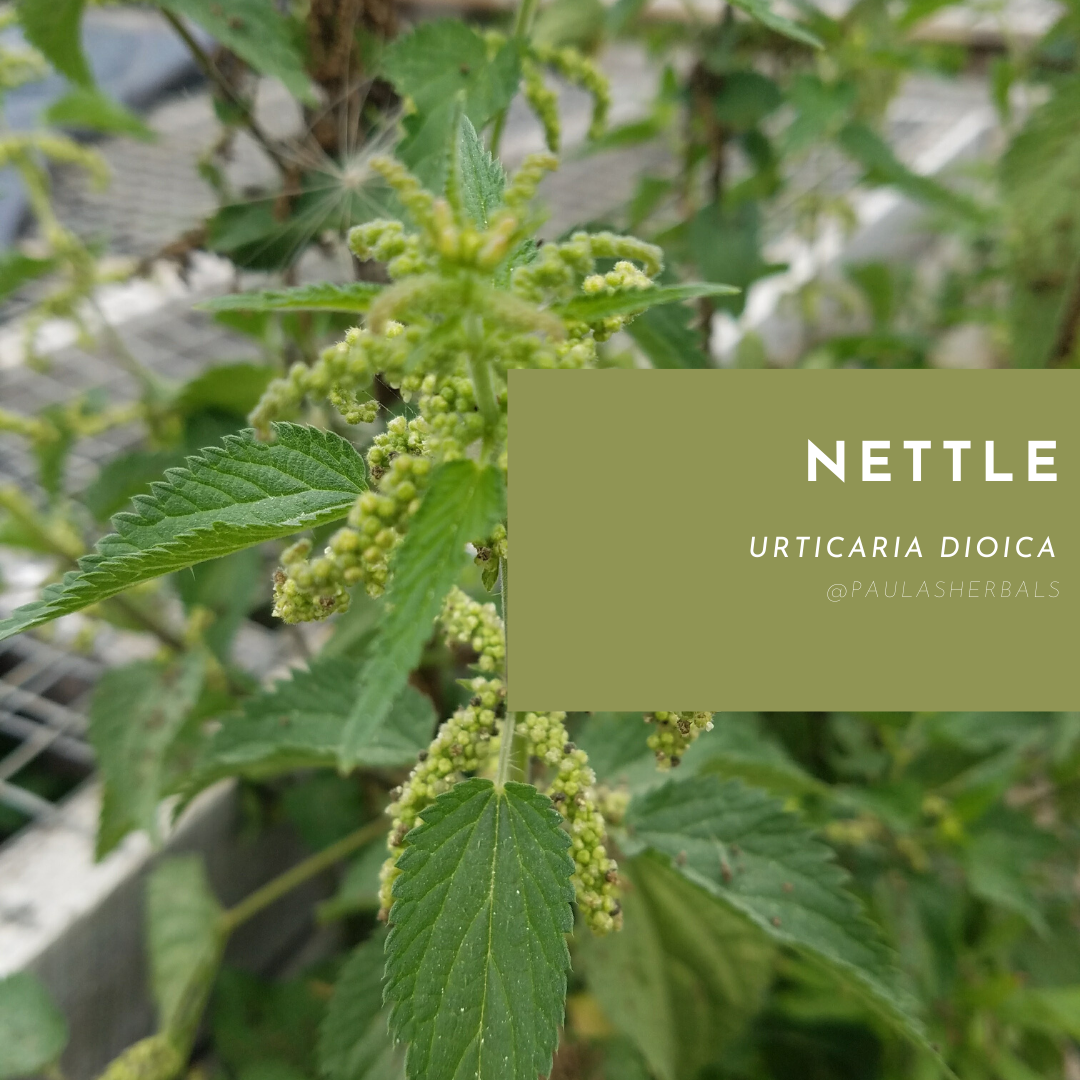

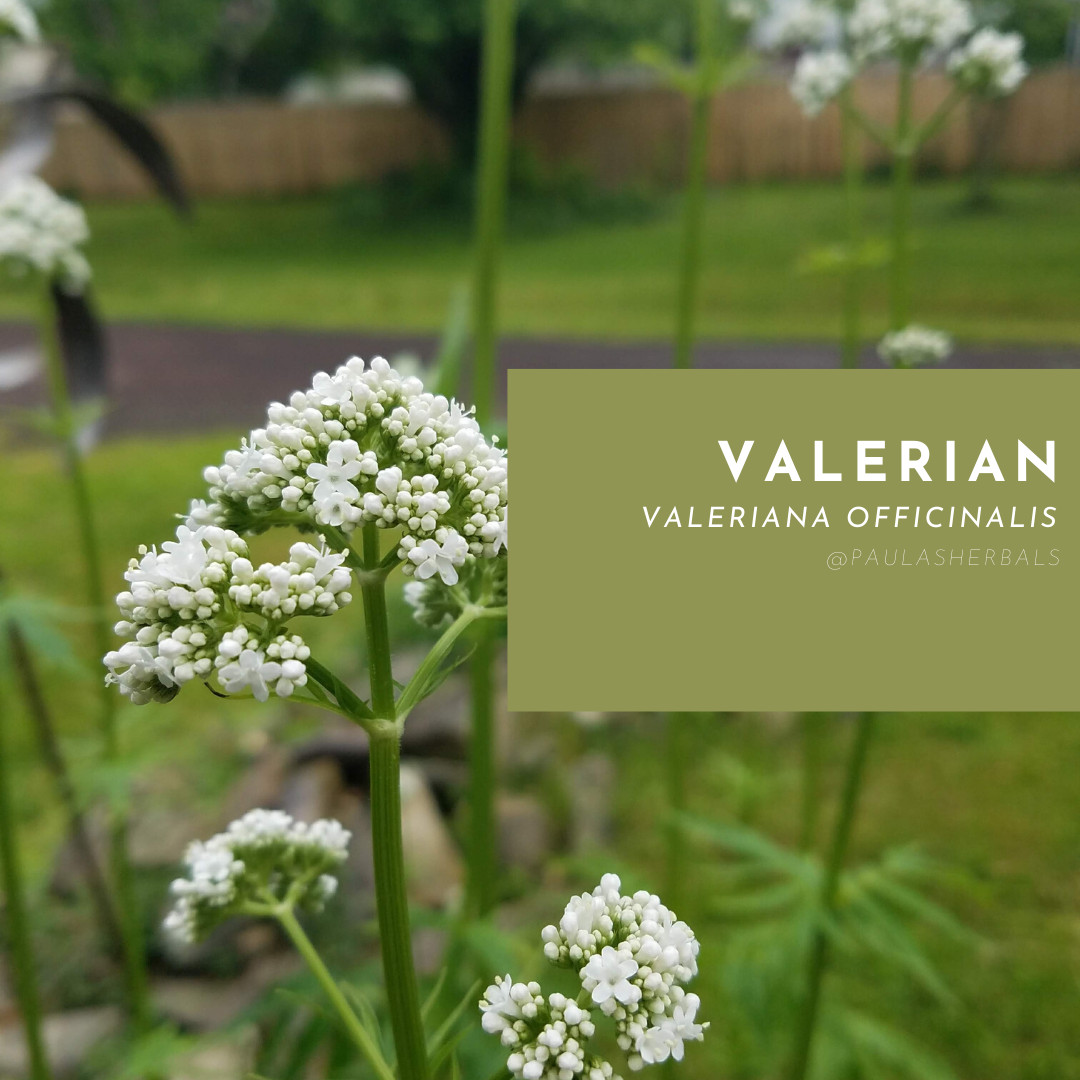


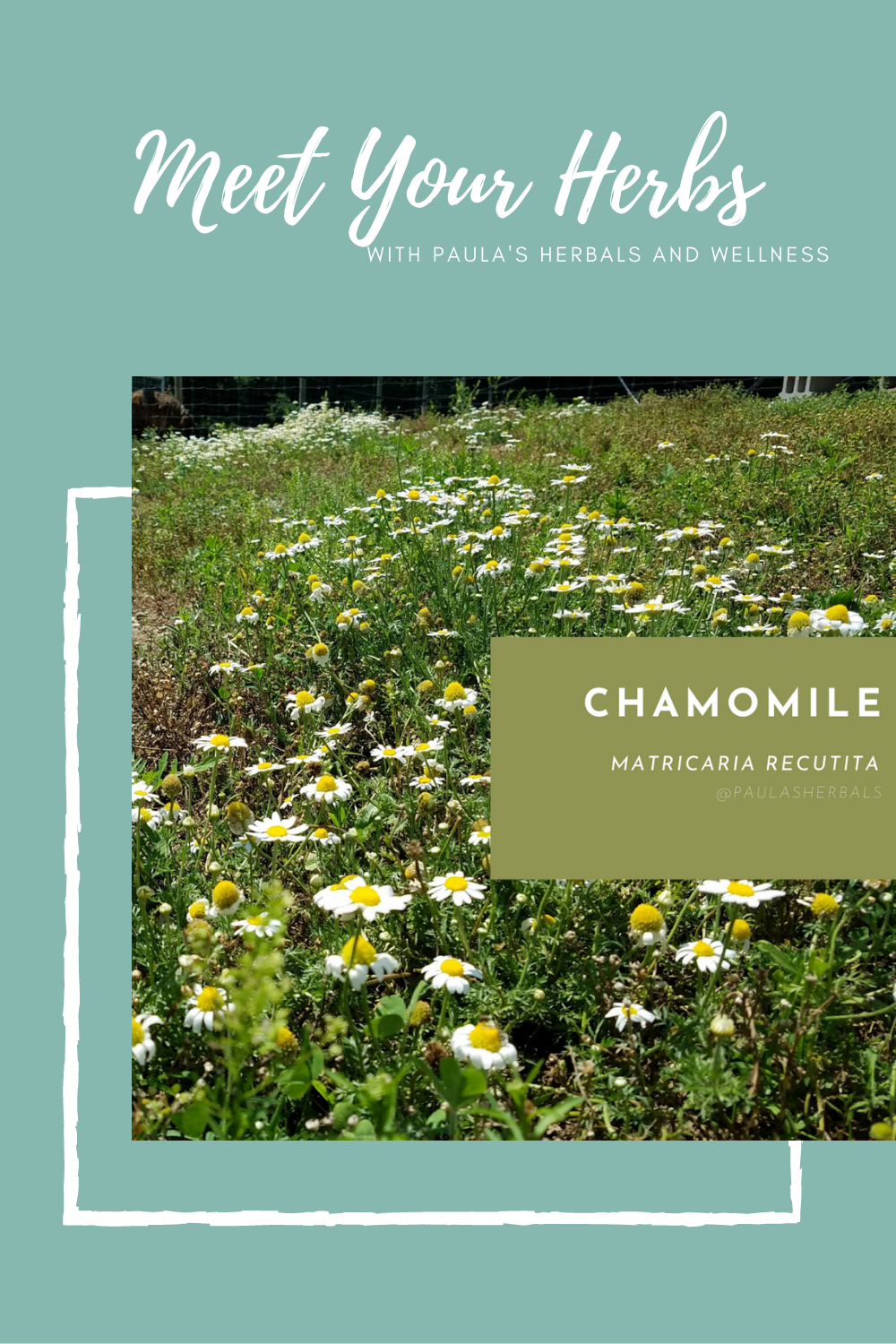











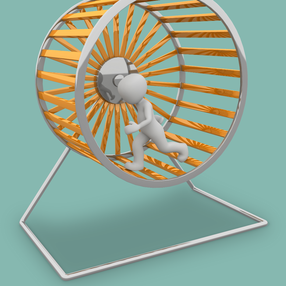

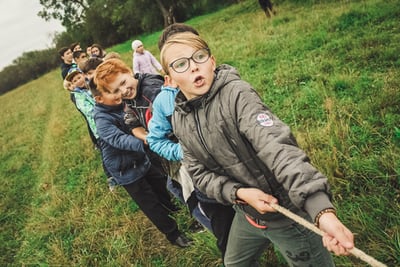
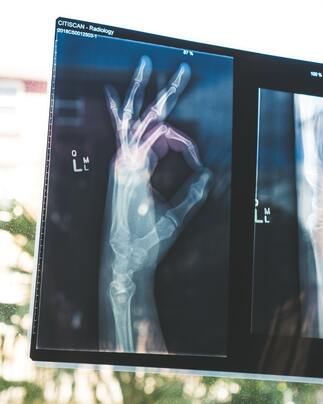



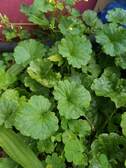




 RSS Feed
RSS Feed

